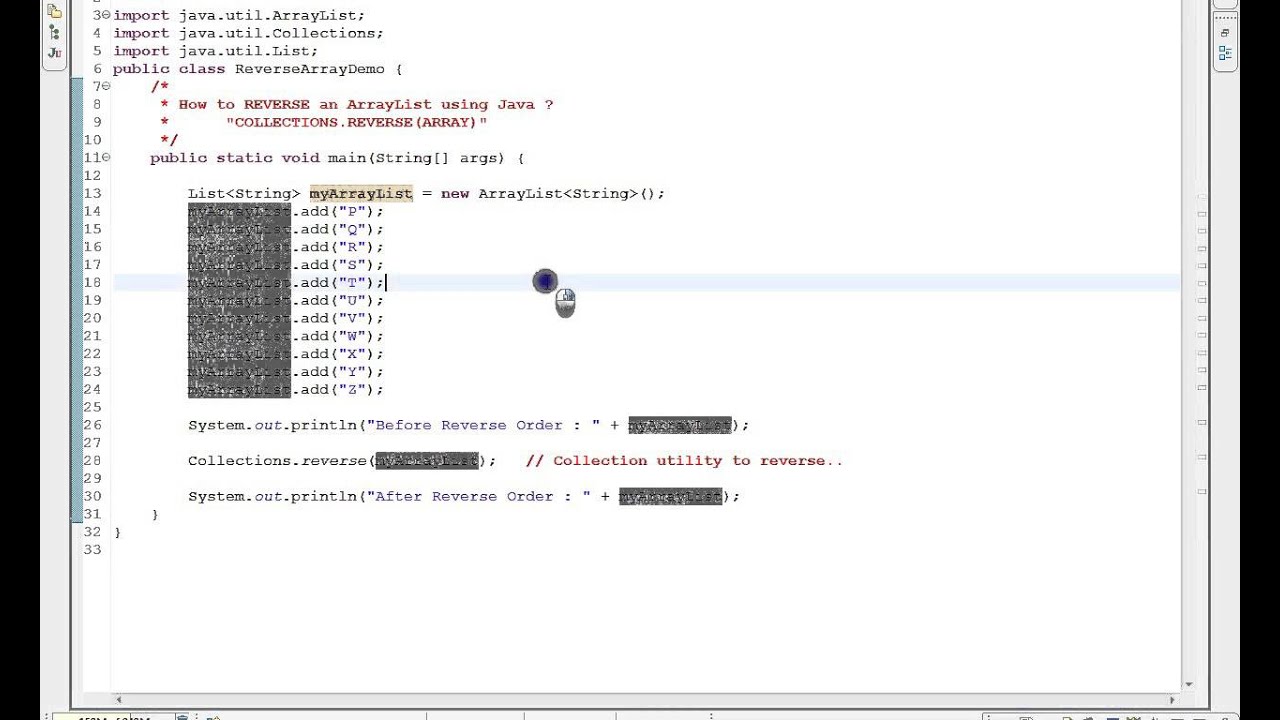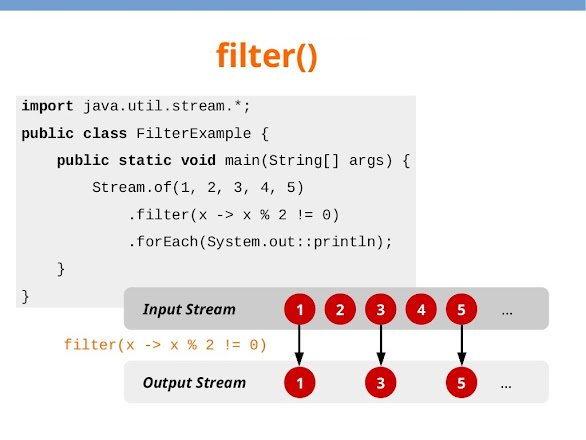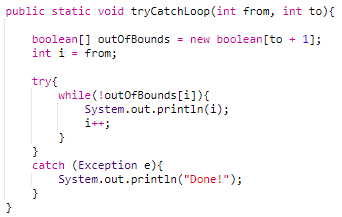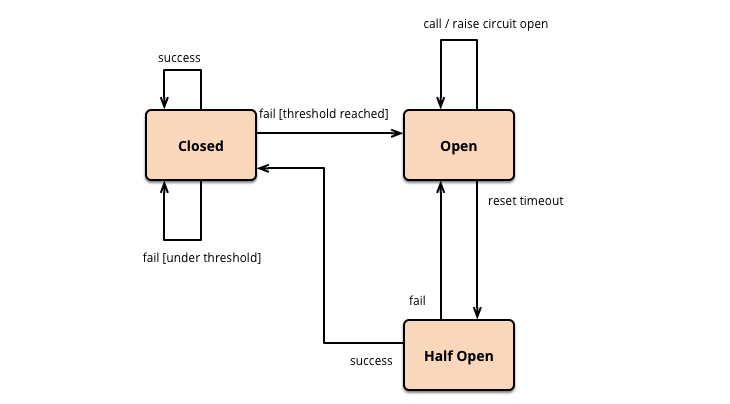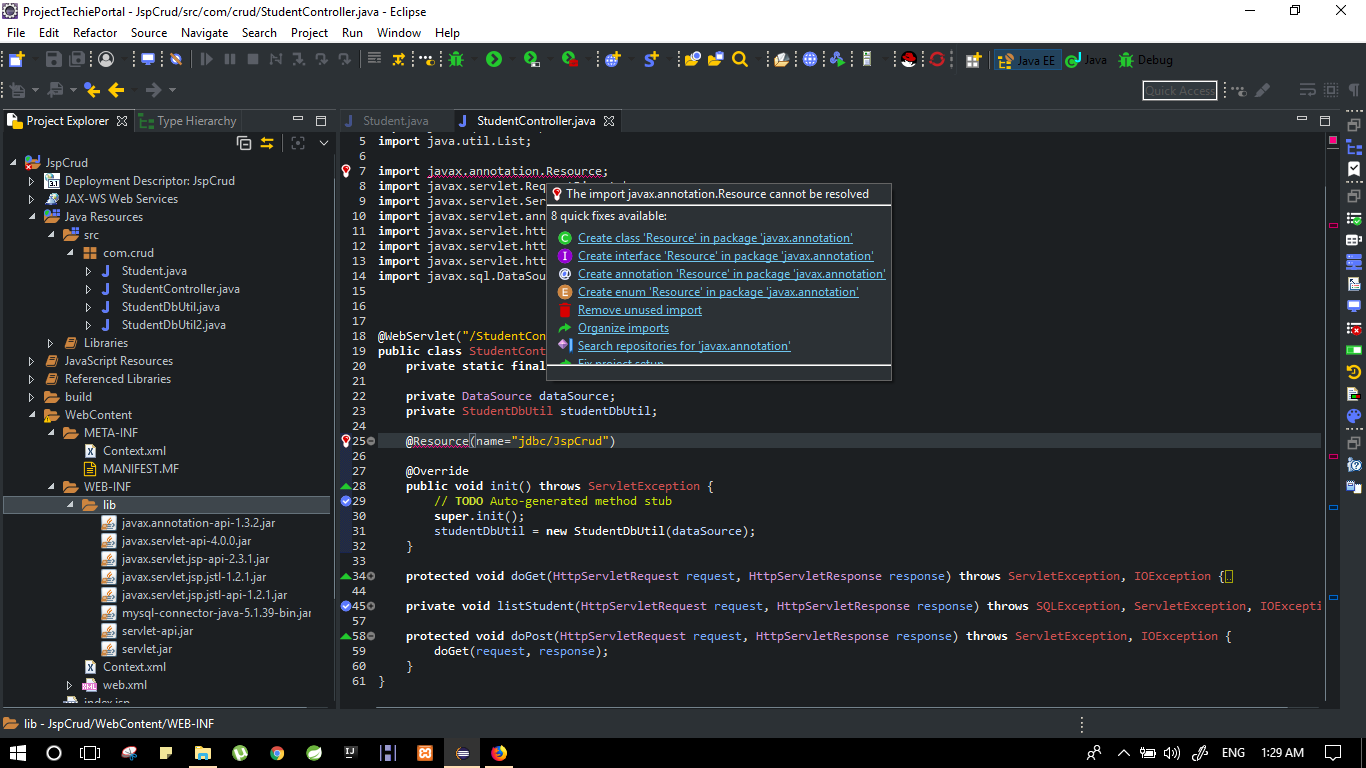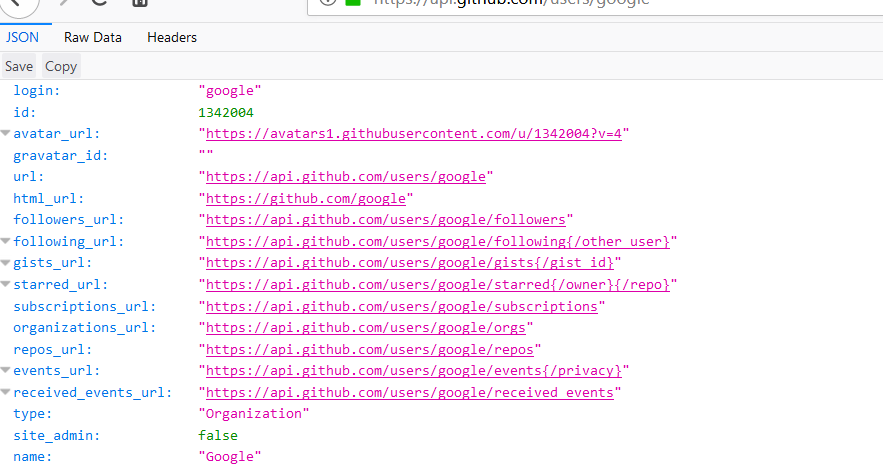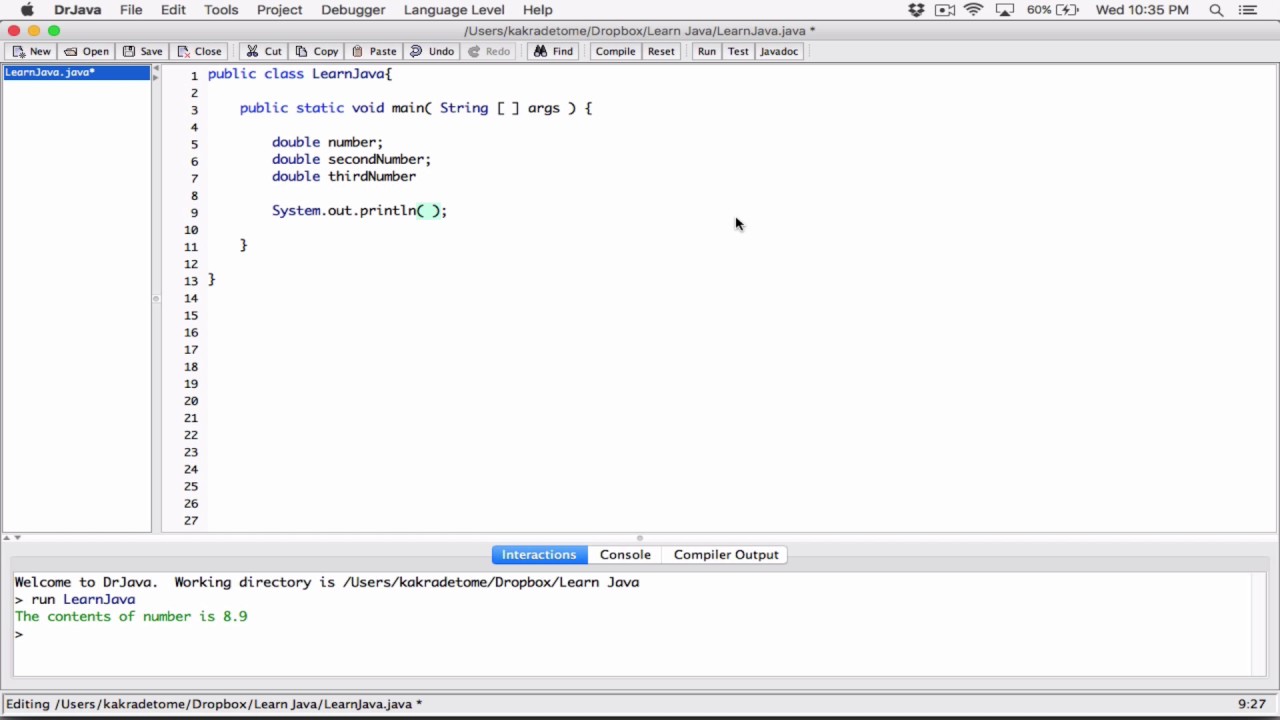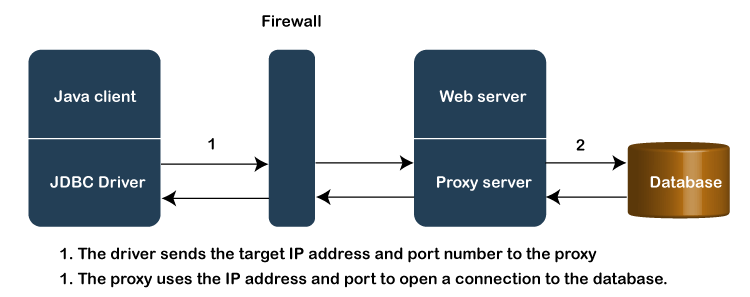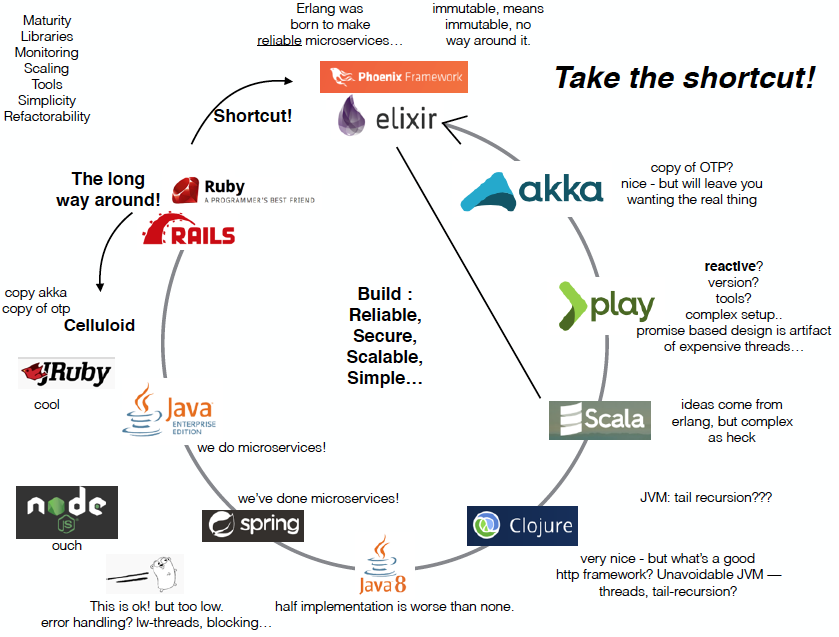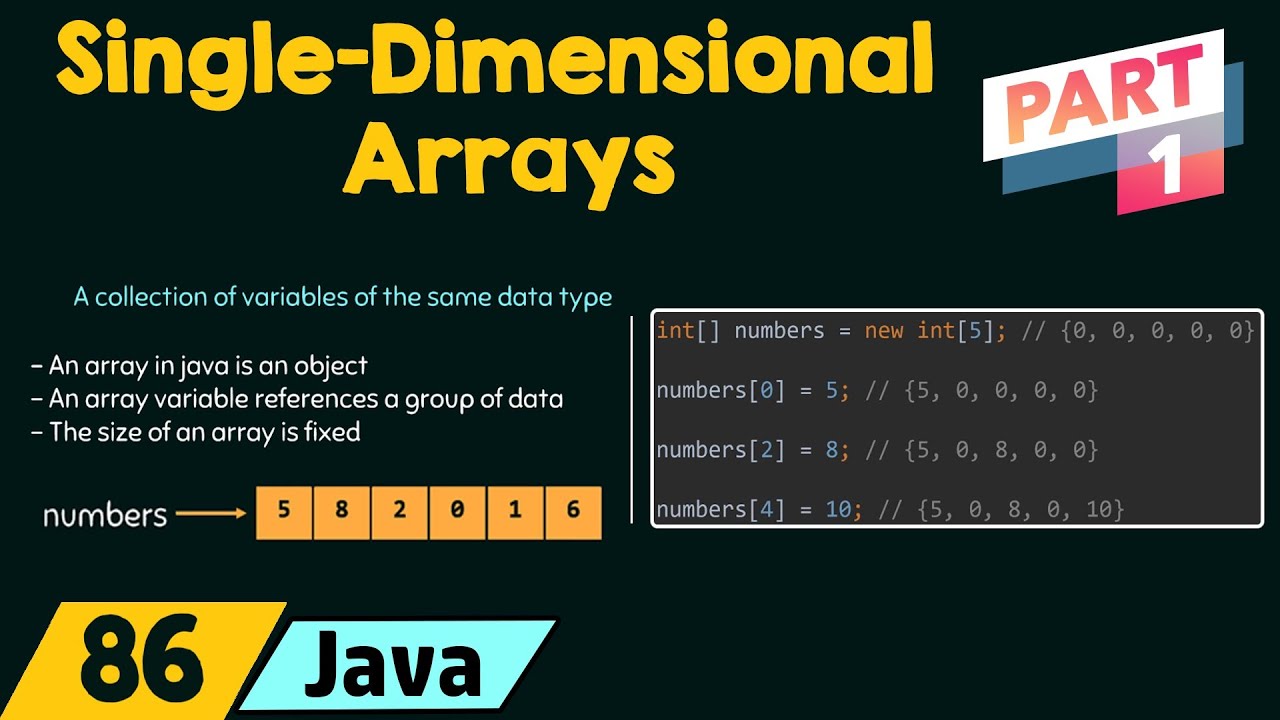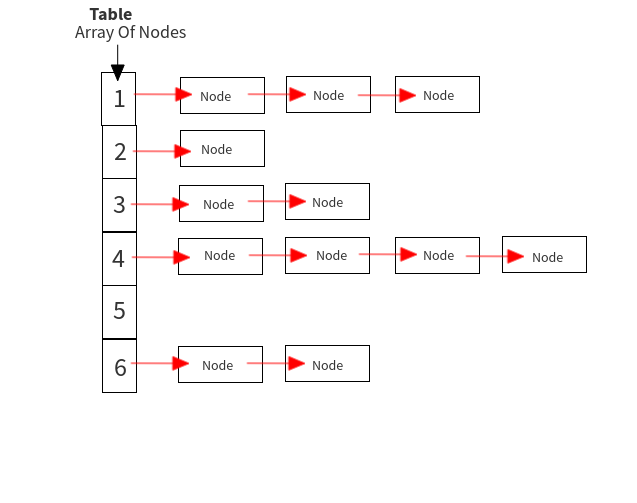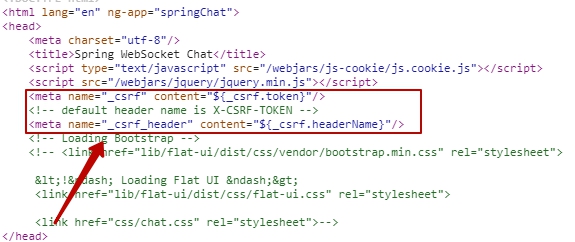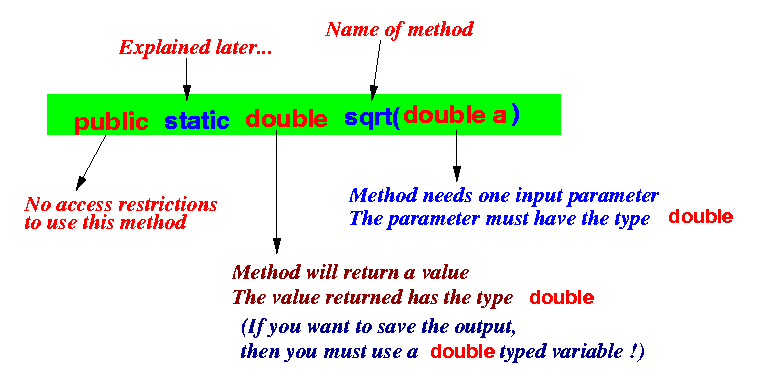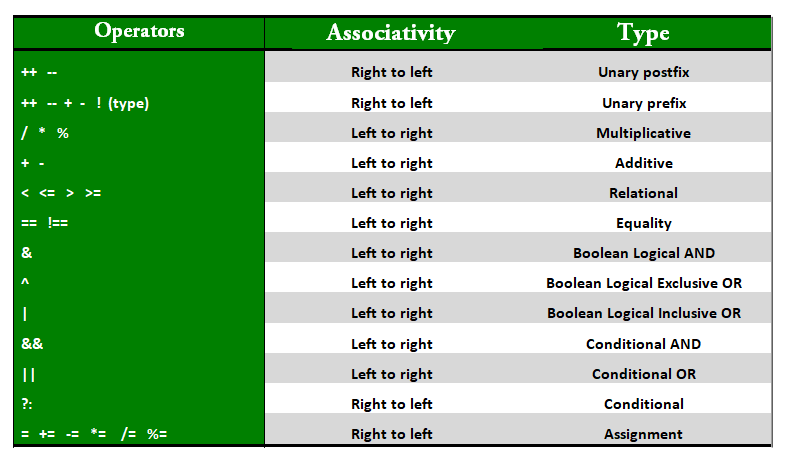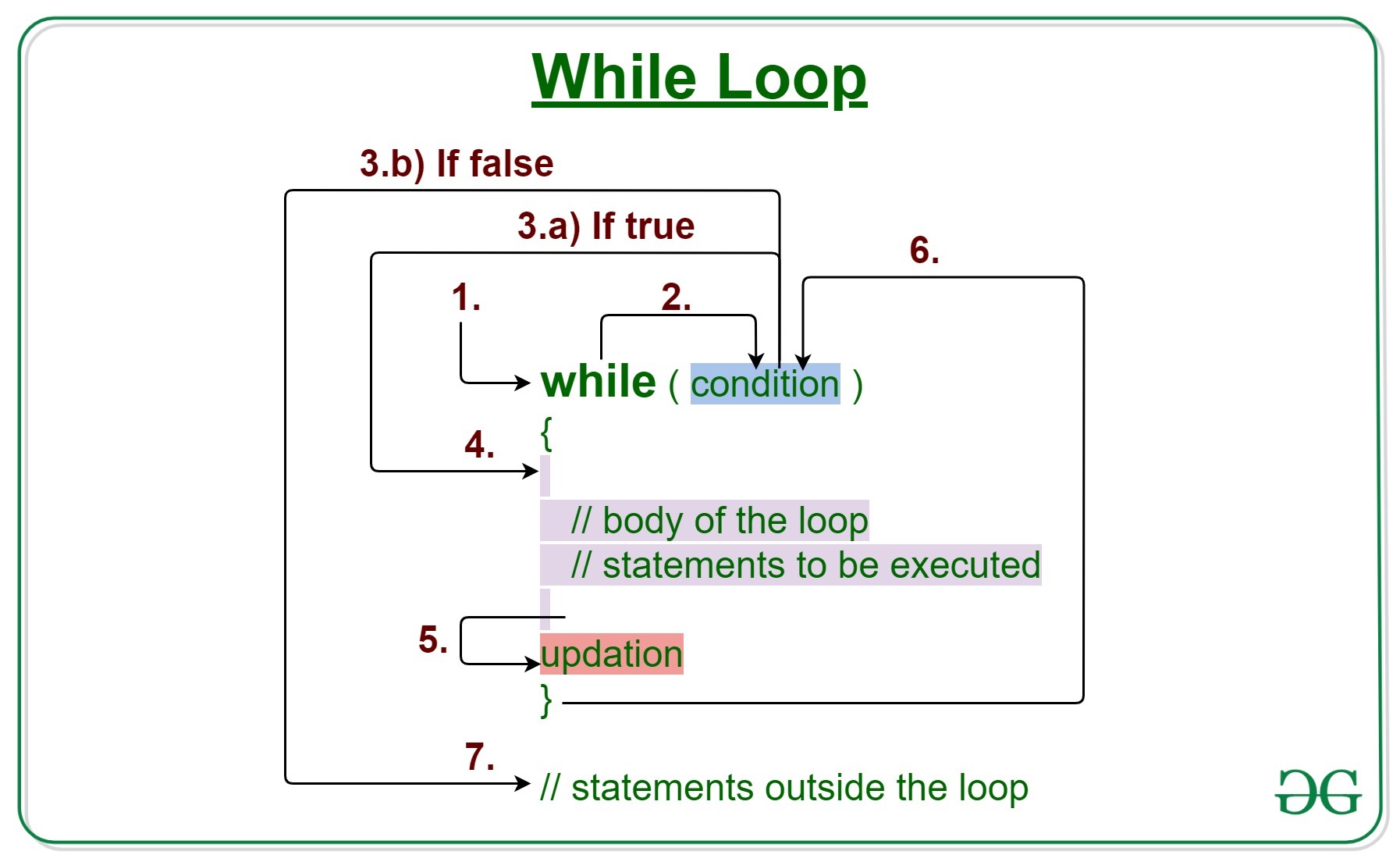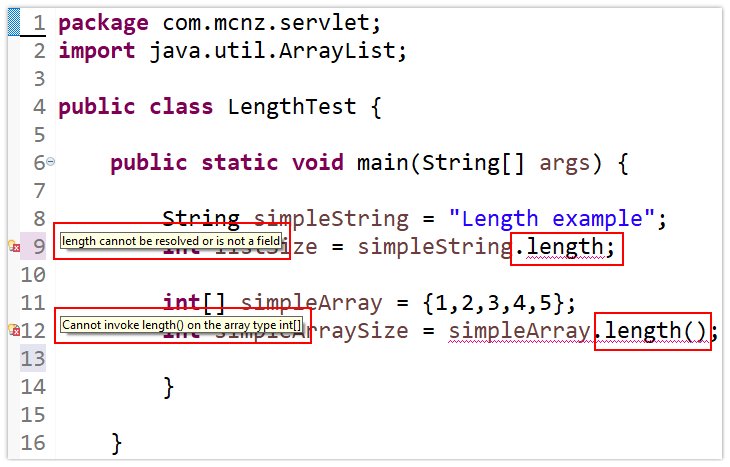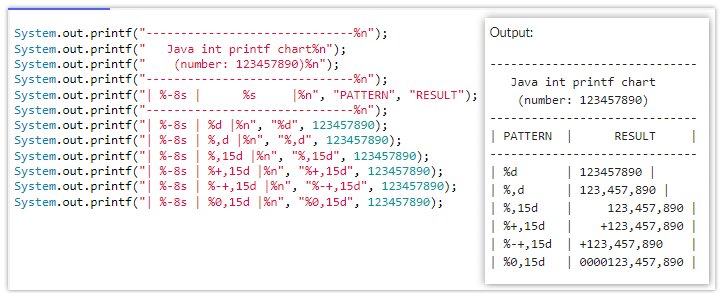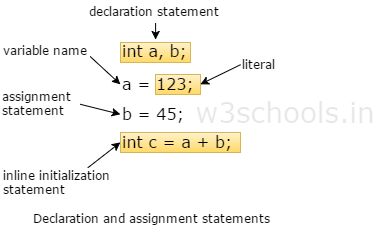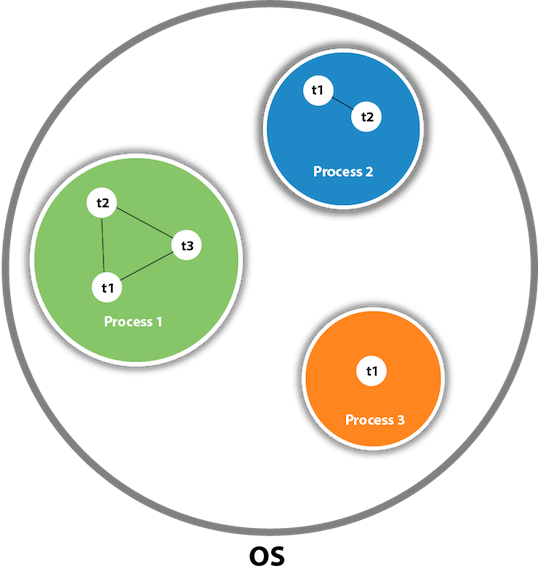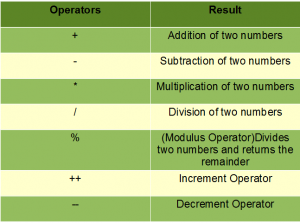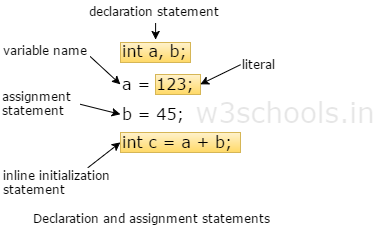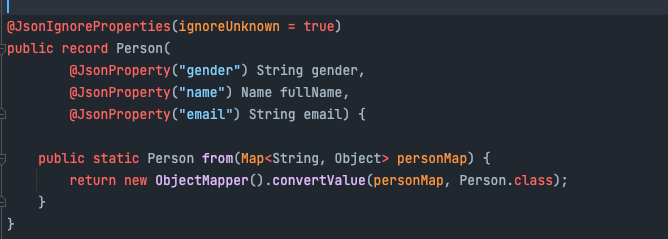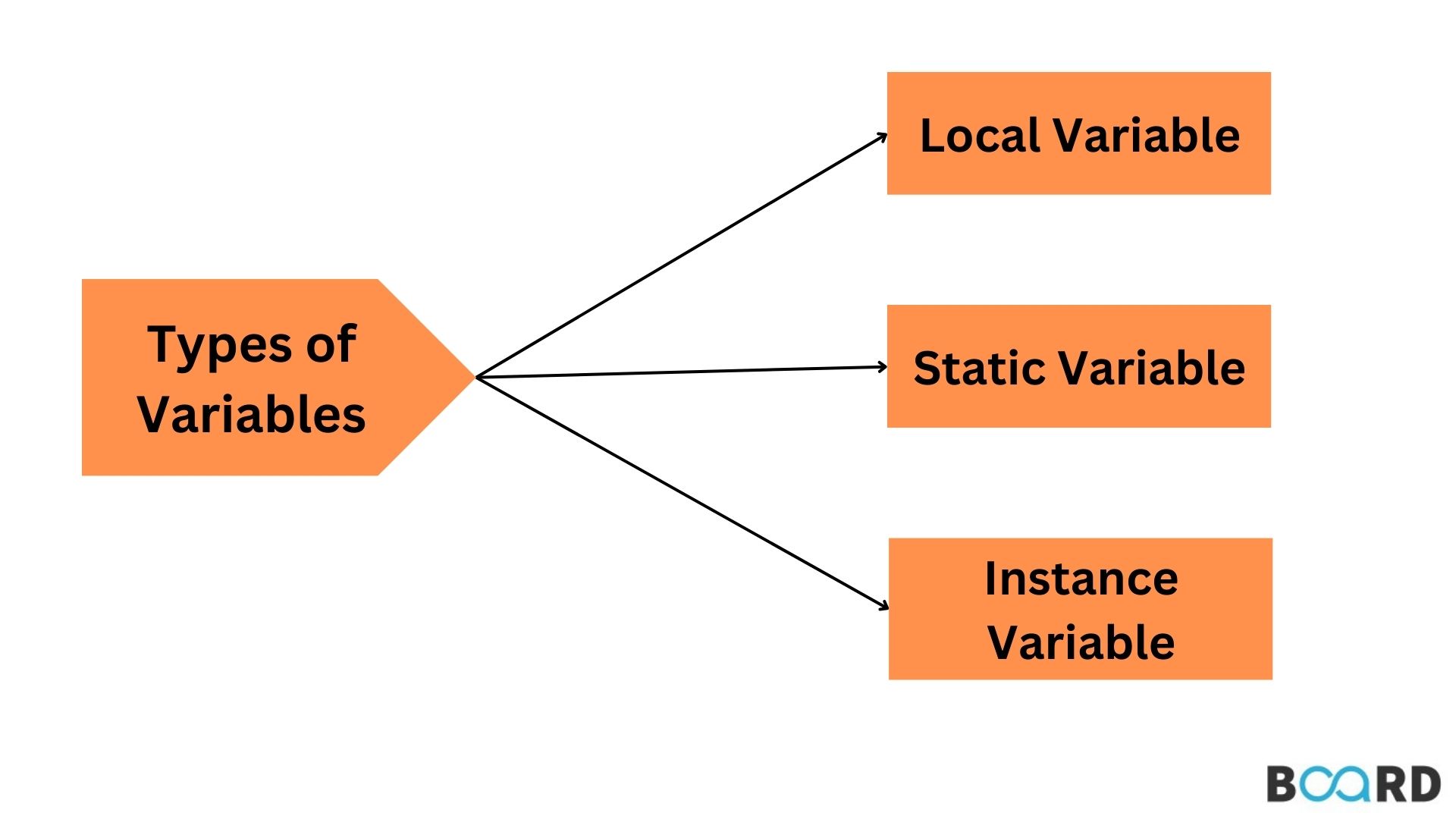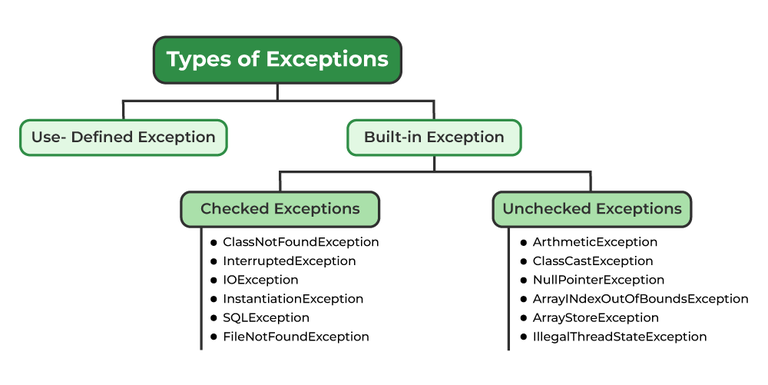What are the restrictions on generics in Java?
What are the restrictions on generics in Java?
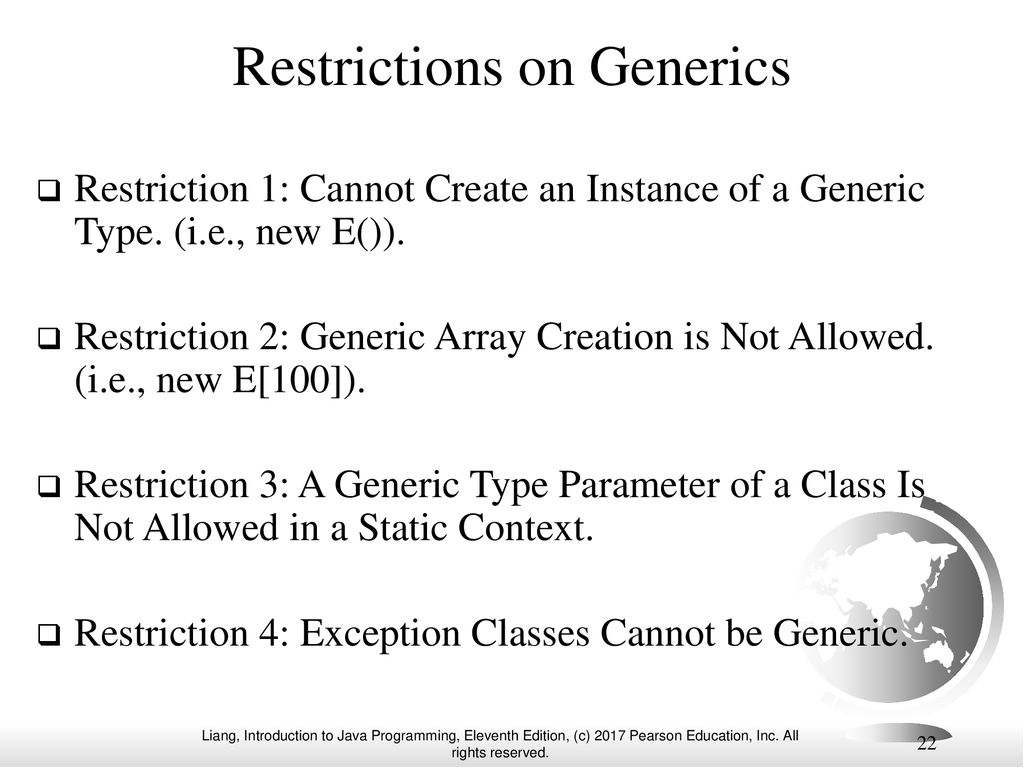
In Java, generics are a feature that allows developers to specify the type of data an object can hold, which helps to improve code readability and prevents bugs at compile-time rather than runtime. However, there are some restrictions on using generics:
Raw Types: When you create a generic class or interface without specifying its type parameters, it becomes a raw type. For example,List is a raw type of the generic class List<T>. Raw types can still be used with any type argument at runtime, but they don't have compile-time type safety. Erasure: Generics are implemented using erasure, which means that the compiler removes the type parameters from the code and inserts casts where necessary. This is done to maintain backward compatibility with pre-generic Java code. Erasure has implications for how you can use generics in your code.

? extends T or ? super T), you can't use the wildcard type itself as a type argument for another generic class or interface. Cannot Use Primitive Types: Generics in Java cannot be used with primitive types like int, double, etc., directly. Instead, you need to use their boxed counterparts (Integer, Double, etc.). No Reflection: Generic classes and interfaces are not available for reflection at runtime. This means that you can't inspect the type parameters of a generic class or interface using Java's built-in reflection mechanisms. Subtyping: When working with generics, it's important to understand subtyping rules. For example, if T extends String, then S must be a subtype of String. If S is not a subtype of String, you'll get a compile-time error. Type Variance: Java has two types of type variance: covariance (? extends T) and contravariance (? super T). Understanding these concepts is crucial when working with generics in Java.
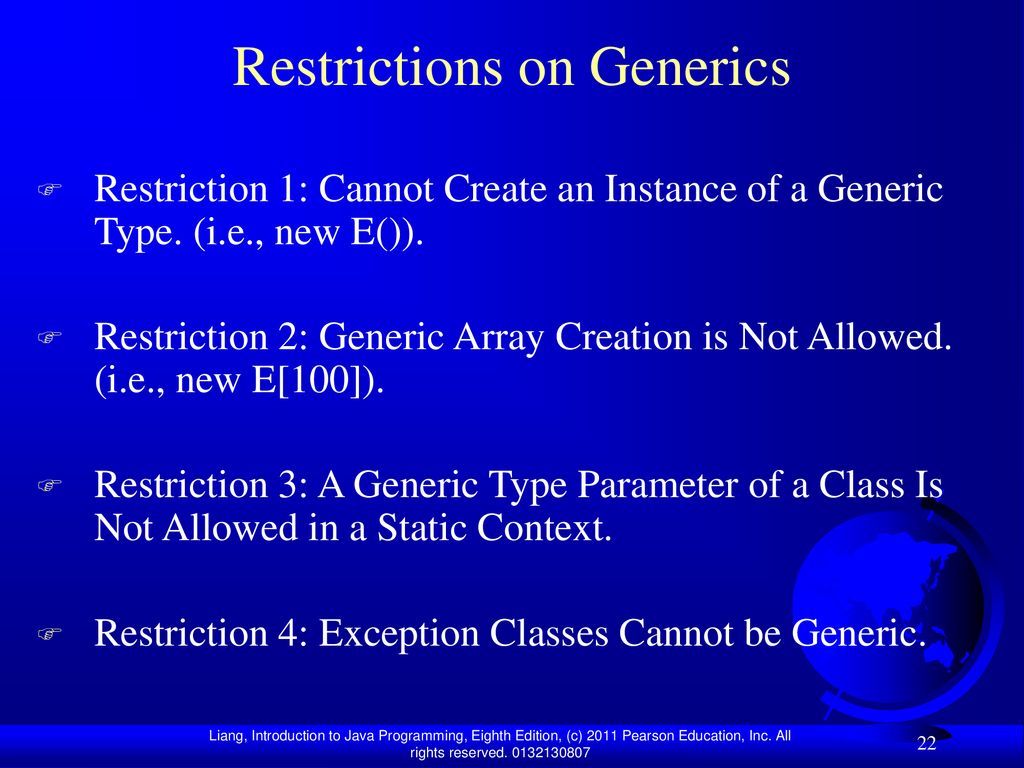
Map<String, List<Integer>> map = new Map<String, ? extends List<Integer>>();. In such cases, the compiler is unable to choose the correct type argument for the raw type, leading to an error.
These restrictions are essential to understand when working with generics in Java. By being aware of these limitations, you can avoid common pitfalls and write more robust and maintainable code.
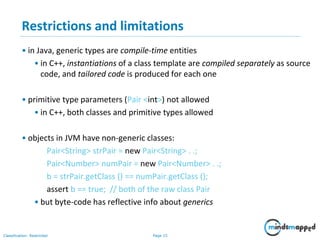
Which version of Java has generics?
Java introduced its generics feature in version J2SE 5.0, which was released in June 2004. Generics allowed developers to parameterize types, enabling more flexibility and type safety in their code.
Before generics were introduced, Java developers relied on casting and explicit type checking to work with different types of objects. For example, they would often use the Object class as a common superclass for all other classes and then perform explicit casts to access specific methods or attributes.
Generics, also known as parameterized types, allow you to define a class, interface, or method that can operate on any type of data. When defining a generic class or method, you specify one or more parameters that will be replaced with actual types at runtime. This feature enables developers to create reusable code that is less prone to errors and more maintainable.
In Java 5.0, generics were initially introduced as part of the Collections framework, specifically in classes such as ArrayList, HashMap, and others. Generics enabled these collections to work seamlessly with objects of any type, without requiring explicit casting or type checks.
The introduction of generics also led to improvements in other areas of Java programming. For instance, generics helped promote more robust error handling by allowing developers to specify the expected type of a method's return value or its parameters. This, in turn, enables better tooling support for debugging and testing code.
In addition to improving the core language, generics have had a profound impact on various aspects of Java development, including:
Lambdas and Functional Programming: Generics laid the groundwork for the introduction of lambda expressions and functional programming features in Java 8. These features further enhanced the language's capabilities for working with data and performing operations. Type Inference: Generics paved the way for type inference mechanisms, which allow developers to omit explicit type declarations for local variables or method parameters in certain situations. Improved Code Readability and Maintainability: By enabling the definition of reusable classes and methods that can operate on various types of data, generics have helped make Java code more readable and maintainable over time. Better Error Reporting and Debugging: Generics facilitate better error reporting and debugging by providing type information that can be used to identify errors at compile-time or runtime.In summary, the introduction of generics in Java 5.0 marked a significant milestone in the evolution of the language. It has since become an essential feature of modern Java development, empowering developers to create more robust, maintainable, and scalable software applications.
